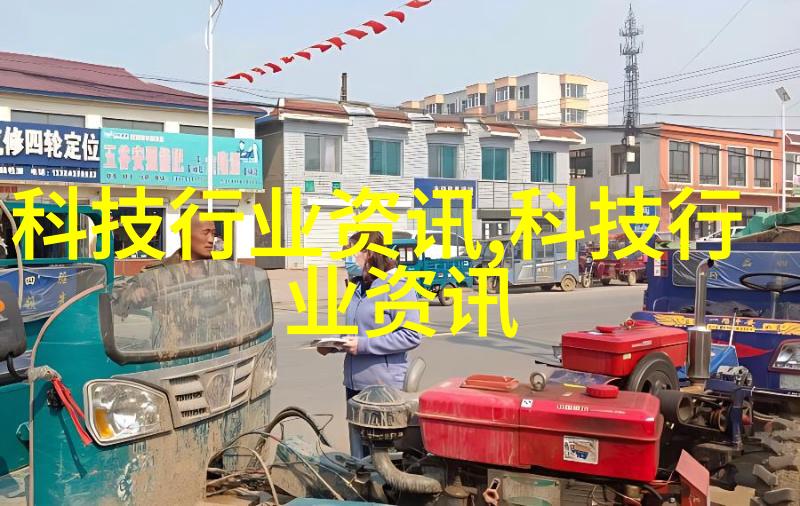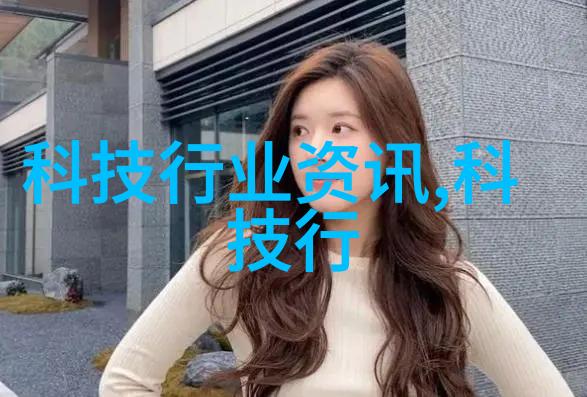城市之脊建筑设计规范的智慧与美学
一、城市之脊:建筑设计规范的智慧与美学

二、规范之源:历史与文化的印记
在设计建筑时,我们不能忽视其背后的历史和文化。每个时代都有其独特的审美观念,这些观念通过建筑被传承下来。例如,古代中国的园林设计往往注重自然景观和人文关怀,而现代主义则强调功能性和简洁性。这些规范不仅是对过去的一种致敬,也是对未来的一种指引。

三、结构之道:安全与可持续性的考量
一个好的建筑设计必须考虑到结构的稳定性。这意味着使用合适的地基、坚固的材料以及精心规划的地震防护措施。在这过程中,我们还要确保建筑物能够实现能效高,减少能源消耗,以达到可持续发展的目标。

四、环境之谜:生态友好与绿色建设
现代城市化进程中,绿色建设成为了重要的话题。 architects must consider the impact of their designs on the environment. This includes using materials that are sustainable, such as recycled glass and bamboo, and incorporating green spaces into the design. By doing so, we can create buildings that not only look beautiful but also do good for the planet.

五、空间之韵:人体工学与生活质量
A well-designed building should not only be aesthetically pleasing but also functional. Architects must consider how people will use the space and design accordingly. This includes factors such as natural light, ventilation, and ergonomics. By putting people first in our designs, we can create spaces that are both comfortable and productive.

六、社会之责:公众参与与社区融合
Architecture is not just about buildings; it's about creating communities. Architects have a responsibility to involve the public in their designs and ensure that they reflect the needs of those who will use them. This includes holding public meetings, conducting surveys, and working with local stakeholders to understand their concerns.
七、高度挑战:技术创新与成本控制
Finally, architects must balance technological innovation with cost control. While new technologies offer exciting possibilities for design (such as 3D printing), they often come at a higher price tag than traditional methods. Architects must find ways to incorporate these innovations while keeping costs reasonable for clients.
八、大师技艺:经验传承 & 创新再生
The art of architecture is one that requires both experience and innovation. Senior architects can share their knowledge with younger generations through mentorship programs or workshops while still pushing boundaries in their own work.
九,未来展望:
As cities continue to grow around us, there is an increasing need for innovative solutions to complex problems like housing shortages & traffic congestion . The future of architecture lies in collaboration between governments , private developers , designers & citizens themselves . Together we can build a more livable world - one where functionality meets beauty , sustainability meets practicality , culture meets technology .
十,让我们携手前行:
In conclusion let us all embrace this challenge by embracing change fostering collaboration striving towards excellence making sure each structure stands tall proud strong yet elegant reflecting our shared vision of better tomorrow s brighter future



